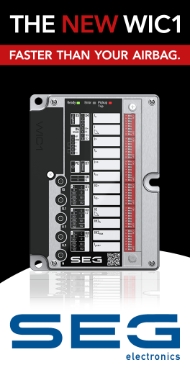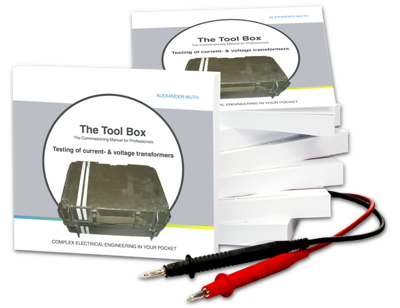elcome dear friends of protection, control and electrical engineering. Today we dare again to look beyond the horizon and take a look at how the use of an LVRSysTM low-voltage control system from A. Eberle GmbH & Co. KG can compensate for the classic expansion of cables. In doing so, we present a profitability analysis by A. Eberle GmbH & Co. KG.
Have fun reading, here we go!
Challenges in the distribution network
Smart Grids and the resulting changes in the distribution grids face many distribution grid operators with different challenges. These include:
🌐 Voltage range deviations becoming more frequent and mor critical.
🌐 Photovoltaic systems in the low-voltage grid raise the voltage level.
🌐 Photovoltaic systems dominate the daytime voltage level.
🌐 The increase of heat pumps and electric vehicles lower the voltage level, and both dominate the voltage level in the evening as well as at night.
🌐 The majority of electric vehicles are charged at home in single-phase.
🌐 Voltage increases and voltage decreases are usually time-shifted.
🌐 Asymmetries of the 3-phase voltages occur more frequently.
The following economic analysis is intended to show how the right decision for an investment can be made in the planning process or when a cable expansion is worthwhile and when it is not.
Profitability analysis
The analysis examines in which scenario an LVRSysTM voltage regulator pays off compared to the classic line expansion. A distinction is made as to whether the line expansion is carried out with low capital investment (scenario "country") or with high capital investment (scenario "village"). For the cost comparison, LVSys™ system with 110 kVA is used. A useful life of 40 years is assumed in all scenarios.
What is an LVRSys ?TM
The LVRSysTM low-voltage control system from A. Eberle GmbH & Co. KG is a flexible and demand-oriented grid integration component that realizes balancing and voltage maintenance in grid sections with voltage problems by means of phase-independent control. The system operates without network effects, i.e. without causing flicker or harmonics. The adjustable response time of the controller can be set between < 30 ms to 100 s and the control algorithms can be adapted to different application areas. Recorded data from the controller can be read out via USB and common communication interfaces such as Modbus TCP and IEC 60870-104 are also on board.

Investment costs LVRSysTM
The investment costs of the individual resources were summarized on the basis of the BMWi distribution network study (Büchner, J.; Katzfey, J.; Flörcken, O. (2014): "Moderne Verteilnetze für Deutschland", BMWi). The costs of the low-voltage control systems were given on the basis of the list prices of A. Eberle. The comparison of the investment costs is shown in table 1.

Operating costs LVRSysTM
The operating costs consist of maintenance costs, electricity heat losses and the planned replacement of the electronics after 20 years until the end of the total service life. No maintenance costs are expected for the lines. The comparison of the operating costs is shown in Table 2.

Maintenance is limited to cleaning the control cabinet and checking the screw connections. For the cost of power heat losses, it is assumed that the systems are in operation throughout the whole year with an average load factor of 50 %. The results of the analysis are illustrated in Figure 1.

Investment calculation
The investments are calculated over the entire service life and discounted to the current year using the capital value method. For the LVRSysTM 110 kVA, this means a total investment requirement of approx. 18,000 €.

Economic benefit
As Table 3 reveals, there is a cost parity of LVRSys™ to line extension starting at a length of about 260m, when the lower bound of the distribution network study is assumed, and starting at a cable length of about 200m when the upper bound is assumed.
Alternative to line extension
LVRSys™ represents a real alternative to line extension due to voltage stability problems. As shown in our calculation, line expansion is associated with high investments. These investments tie up the capital employed for decades. The use of LVRSys™ is different. With the use of our system, comparatively low investments are required, which are also flexible and independent of location. If the conditions in the distribution network change fundamentally, the system can simply be relocated and work elsewhere.
Additional benefits of using LVRSysTM
Compared to line expansion, the following additional benefits also arise:
🌐 Flexible use: assembly/disassembly as required
🌐 Guarantee of VDE-AR-N 4105 with regard to voltage swing (3 %) by distributed generation systems
🌐 Optionally with EN 50160 monitoring
🌐 Recording of useful data in the network
🌐 Increase in the transmission power of the lines used by 20%.
🌐 Reduction of network losses
Conclusion
LVRSys™ low voltage regulation system is not only a cost-effective alternative to line expansion, but a tool for the grids of the future. Its use makes sense not only from an economic point of view. The system is developed with future viability in mind and is designed to meet future challenges. It also offers a range of useful functions that useful functions that will provide our customers with significant added value in the low-voltage grid for years to come.





















